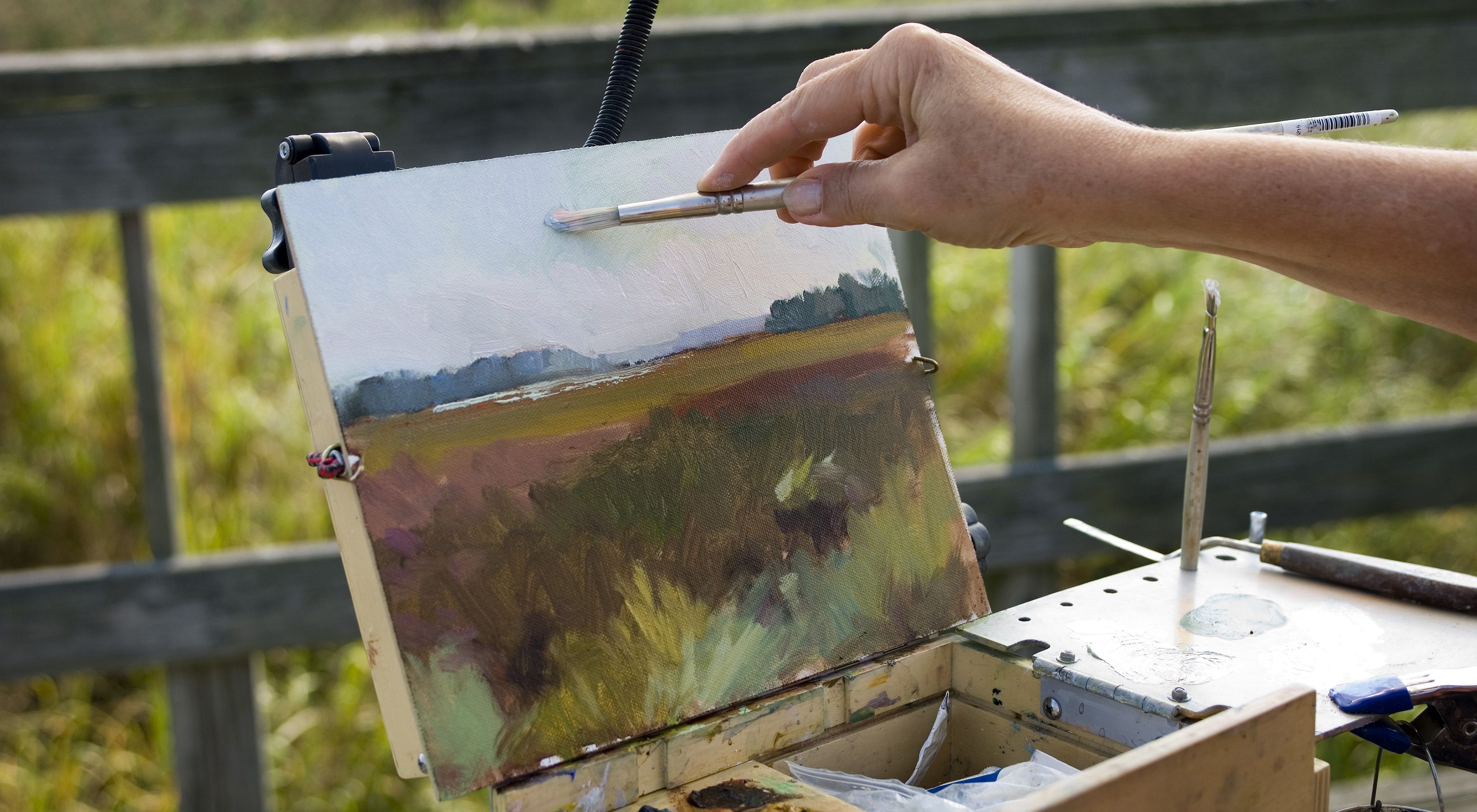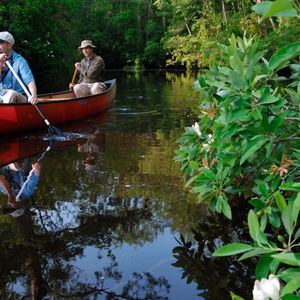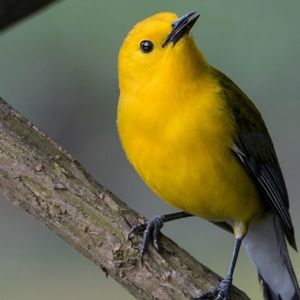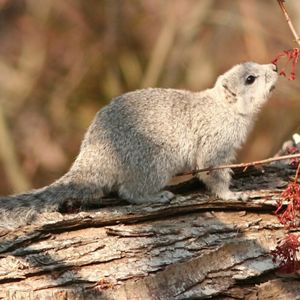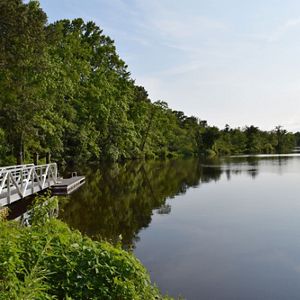Description
A survey of natural areas conducted by the Smithsonian Institution ranked this marsh system as one of the most important Chesapeake Bay natural areas. King’s Creek, an undisturbed, brackish marsh, is unusually rich in plant species and bird life and provides habitat for nesting waterfowl and spawning fish.
The preserve is open year round for canoeing and birdwatching. In winter, look for northern harrier, wood duck and snipe. Spring brings red-winged blackbirds, osprey, least bittern and red-tailed hawks to the preserve.
Access is permitted by small boats only; overland access is no longer available due to the closure of the boardwalk.
